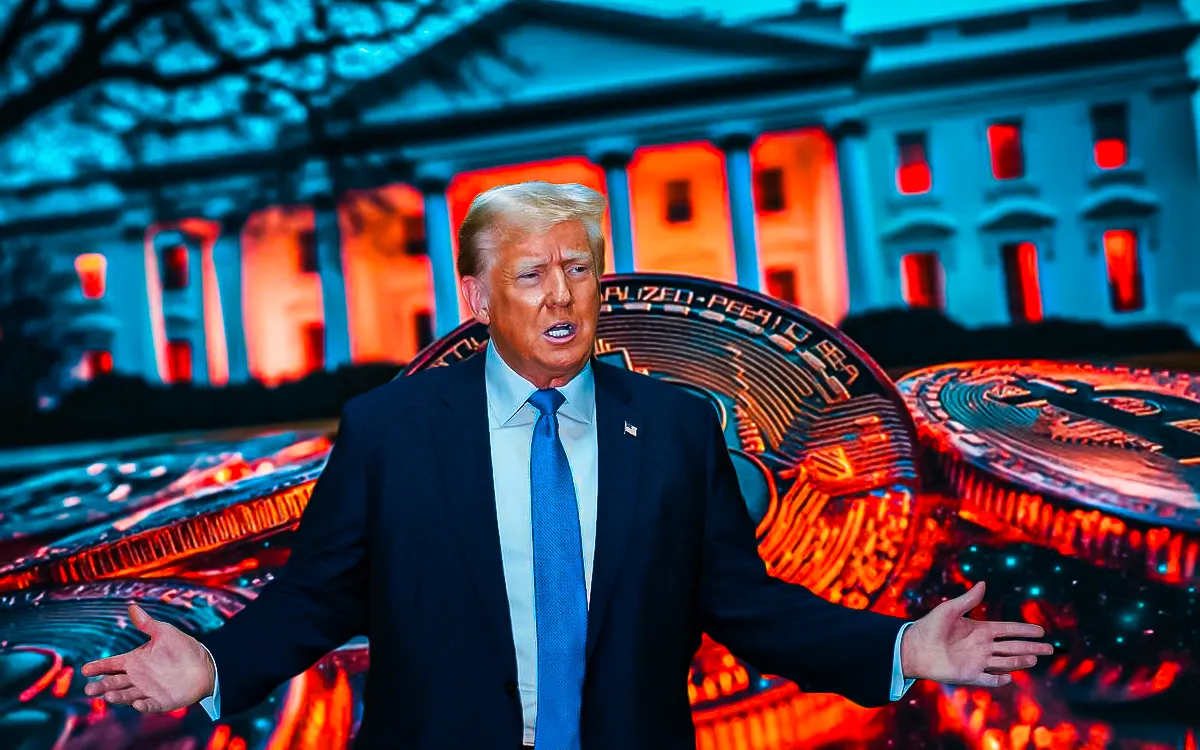- No results yet.

In response to the growing role of digital assets, President Donald Trump issued an executive order on March 6, 2025, aimed at establishing a Strategic Bitcoin Reserve. This decision precedes the inaugural White House Crypto Summit, set to take place on March 7, and reflects the administration's goal of positioning the United States as a frontrunner in the cryptocurrency sector.
Details of the Executive Order
The executive order requires the establishment of a Strategic Bitcoin Reserve, financed mainly by bitcoins forfeited in criminal and civil cases, without any further burden on taxpayers. The reserve will be a long-term store of value, a digital Fort Knox, with specific provisions against the sale of such assets. In addition to Bitcoin, the order also creates the U.S. Digital Assets Reserve, which will include other seized cryptocurrencies, such as Ethereum (ETH), Ripple (XRP), Solana (SOL), and Cardano (ADA).
Administration's Vision for Cryptocurrency
President Trump has been outspoken about his desire to make the United States the "crypto capital of the world." The creation of the Strategic Bitcoin Reserve fits into this vision, as it will strengthen the country's position in the fast-changing digital asset world. The administration is clear that the capitalization of the reserve will not fall on taxpayers, as it draws on assets already held by the government.
Market Reactions
The news immediately influenced cryptocurrency markets. The price of Bitcoin fluctuated, first dipping to $85,135 before rising back up to $87,000, a 1.6% fall in 24 hours. Strategy, once MicroStrategy, also had its shares drop 6.7%, closing at $304.11. Such changes indicate that the market is trying to process the consequences of the government directly investing in cryptocurrency assets.
White House Crypto Summit
The executive order timing is particularly significant, as the timing occurs a day prior to the White House Crypto Summit. The summit will convene top industry executives, such as CEOs of major cryptocurrency platforms like Coinbase, Crypto.com, Robinhood, and Exodus. The summit is meant to offer a platform for discussion between the government and the crypto industry on regulatory environments, innovation, and the future of digital assets in the U.S. economy.
Leadership and Governance
The Strategic Bitcoin Reserve will be managed under the auspices of the U.S. Treasury Department. Treasury Secretary Scott Bessent and Commerce Secretary Howard Lutnick are responsible for overseeing the integration of the reserve into the nation's financial infrastructure. In addition, David Sacks, appointed White House AI and Crypto Czar in December 2024, will play a key role in shaping policies around this initiative. Sacks's task is to craft an overall regulatory framework for the crypto space that will make sure innovation is accompanied by regulatory expectations.
Ethical Considerations and Future Outlook
While the administration celebrates the Strategic Bitcoin Reserve as a progressive step, it has been contentious. There are potential conflicts of interest, particularly with President Trump and his family's earlier forays into the realm of cryptocurrency. There have also been worries about how little is known about how the reserve will profit taxpayers and the general economy.
With the White House Crypto Summit just around the corner, stakeholders await more information regarding the reserve's operationalization and role within the U.S.'s overall digital asset strategy. The administration's moves indicate a coordinated attempt to join the digital currency revolution while striving to build strong oversight measures. The results of these efforts will most likely have long-term implications for the global cryptocurrency market and the position of the U.S. in it.